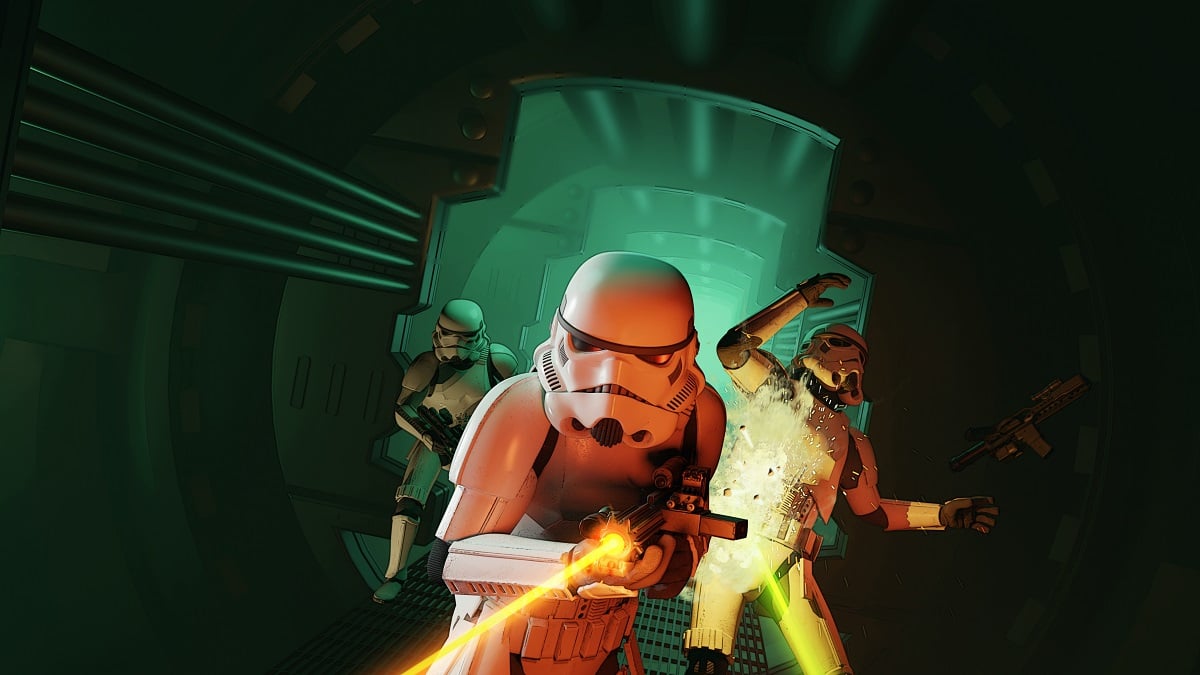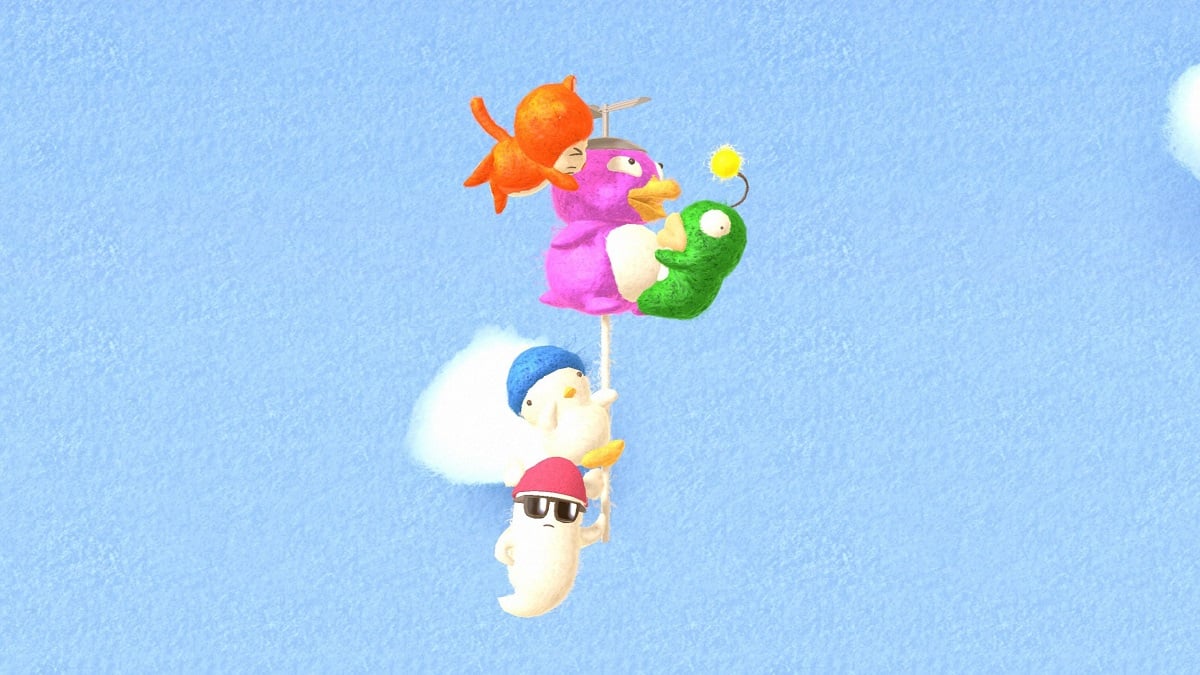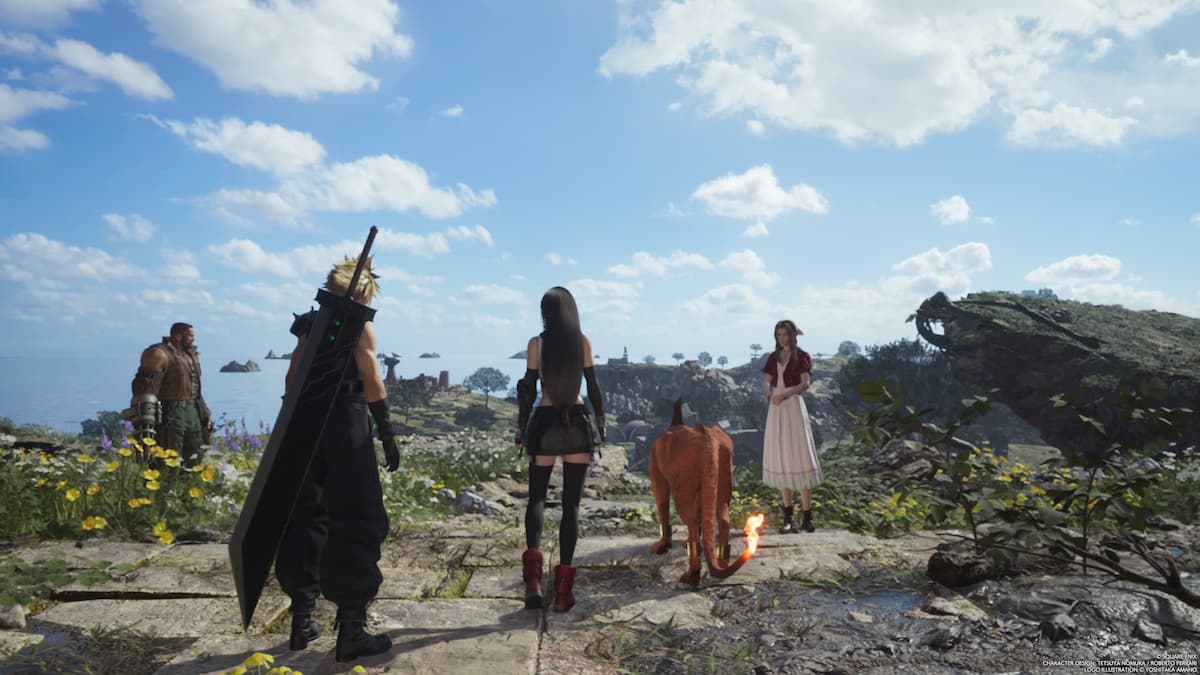
Nothing higher captures the magic of Shenmue III than its save recordsdata. On one line, the present date and time; above it, the date and time this specific save will whisk you again to. Because that’s what Shenmue is: time journey. The alternative to go to a really particular second in historical past. In the case of Shenmue III, China within the spring of 1987. Of course, it’s time journey that doesn’t fret concerning the butterfly impact – you spend most of your journey kicking in groins in a method that may certainly curtail a couple of household lineages.
But this sequel is time journey of a second form, too: a design throwback to 1999, when Shenmue was the slicing fringe of blockbuster game growth; then the most costly game of all time, and one which remained so cherished that it raised 6.3 million dollars in a Kickstarter campaign. That’s 6.Three million {dollars} price of permission to not change a factor, and so it has largely turned out. Does the ageing design maintain up and might it make converts 20 years on? Here’s wot I feel.
Shenmue III positive is a Shenmue game. When you aren’t feeding shoe leather-based to native hoodlums, you’re sporting it down within the streets and countryside you discover as you endlessly pester NPCs for gossip. Most of Shenmue’s design hinges on present within the pre-internet age; it’s a detective story that would in all probability be solved with two Google searches, stretched right into a 30 hour trek spherical the homes. Certainly Google Maps would minimize playtime in half; a lot of that point is spent asking for instructions.

This sounds horrible, sure, however there’s one thing hypnotic in the way in which the to-and-fro sucks you into the world. Simply registering which home belongs to who, or the place residents might be discovered at completely different occasions of the, day forges a bond. You start to suppose like an area. Dependence is step by step swapped for experience – the place the most effective wine is bought, which elder is the least senile – and the thrill of holding your individual in a overseas land helps disguise the relative mundanity of the duties at hand.
It’s hanging how few games have tried related. There are hints of it in current Ubisoft adventures, the place quest markers might be swapped for naturalistic instructions, nevertheless it nonetheless feels extra lived in right here. The truth that each NPC has to have a voiced response to younger martial artist Ryo’s each query suggests why few designers have repeated it, although, and Ryo’s personal generic replies – “I see!” – quickly start to grate. Much goodwill might be earned with a dialogue skip choice for this infinite small speak.
And the model undoubtedly works higher within the first half of the game, set within the rural Bailu Village. With its small group it’s a lot nearer in tone to the unique Shenmue’s Yokosuka. Every NPC is a named character, most play some half in Ryo’s story, and lodging along with your fellow sleuth Shenhua provides you a cushty base to discover all of it. The later port city of Niaowu loses a few of that magic with its non-interactive consumers, restricted routes and day by day demand for lodge charges. Especially scary as the girl who runs the lodge appears to don’t have any connection between her enamel and face. Throughout Shenmue III there’s a gulf between the handsomely modelled central forged and everybody else, who seem to have escaped a price range Dragon Quest.

Shenmue III is technically a quest for revenge, as Ryo Hazuki continues to be in search of the person who killed his father in Shenmue 1. But it’s relaxed revenge. Creator Yu Suzuki is extra within the rhythm of on a regular basis life than the thrum of a Hollywood thriller. This is a world the place investigation fortunately pauses for week-long fishing journeys or part-time wooden chopping. The inclusion of two brutally expensive quests virtually forces the latter, slamming the brakes on the story to develop into a menial job simulator. Likewise the money drain of feeding your stamina/well being bar, which results in odd moments of gorging down garlic bulbs as a result of they’re essentially the most value efficient foodstuff. It’s in all probability for the most effective that Ryo is so stilted round his love curiosity – his breath would eat via the again of her head.
With that relaxed tempo comes an invite to totally submerge your self on this planet, to get to know two comparatively small open worlds (by fashionable requirements) in intimate element. As earlier than, this implies opening drawers and cabinets to poke and probe the home detritus of 80s China. Spoiler alert: it’s largely nondescript jars. The first-person digicam is slicker this time, easily segueing into merchandise interactions, nevertheless it nonetheless boils right down to a quite bored sounding voice actor saying “interesting!” on the seventh set of forks he’s uncovered that day.

This identical system as soon as felt like a mad imaginative and prescient of the long run – I keep in mind studying previews of Shenmue in GamesGrasp, the place speak of totally interactive furnishings seemed that Suzuki had one way or the other cloned your complete world. You might decide up a cassette tape from a sideboard. As if! (Like interactive shelving, proclaiming ‘as if’ additionally appeared cool in 1999.) But the place that accuracy was noteworthy in Shenmue, and its fetishisation of these particulars warranted, Shenmue III’s constancy doesn’t meet 2019’s requirements. As grossly unfair as it’s to match Suzuki’s small group with the Rockstar Games behemoth constructing Actual Westworld in your TV, the bar for realism has been raised, and Shenmue III usually appears to be like threadbare.
No, it’s way more potent when it reheats the intentionally synthetic parts of the unique games – the bits of the world clearly constructed by one in all Sega’s nice arcade masterminds. For all these games tried to simulate life, in addition they featured foolish collectible capsule toys, working arcade machines and forklift truck racing. And so it’s right here. Sure, the formally licensed Sega machines are gone, however people who change them rapidly gobble up your pocket monkey. I significantly like how delivering arcade cupboards within the forklift truck job sees extra games arrive within the native arcade, even when they’re variations on a barely ropey parody of Virtua Fighter starring chickens.
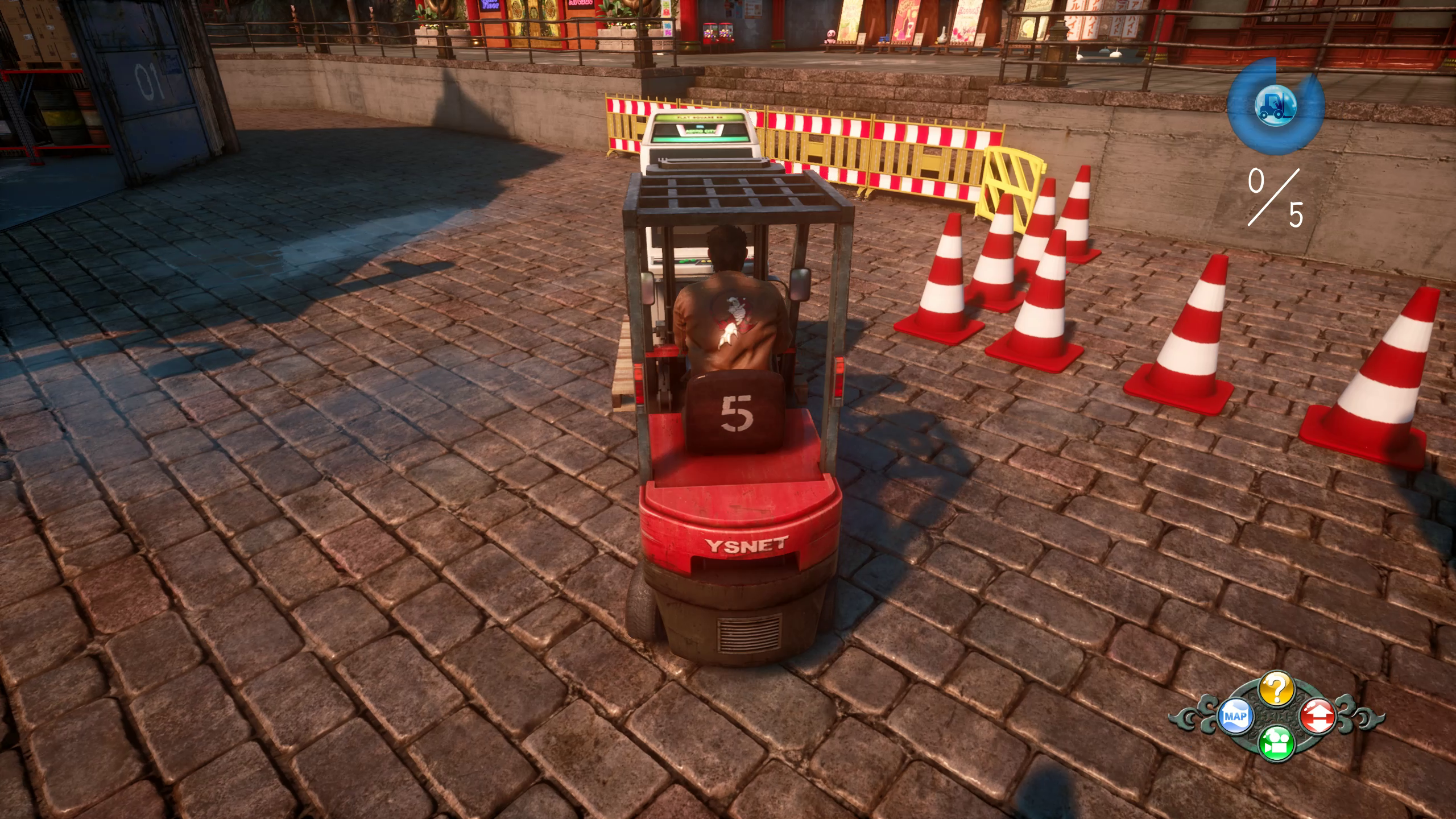
The draw back to the density of arcades and playing dens is that the world, significantly Niaowu, does start to resemble a wierd funfair, designed to bilk you each ten meters. The impact is made additional bizarre once you begin discovering the Kickstarter content material – the faces of backers pasted on fairground games, a large temple filled with backer portraits (with some unintentionally hilarious commentary from Ryo) – which, whereas candy, does butt heads with the historic authenticity that these backers have been investing in. Every time I open my stock and see a load of random dudes jangling in my pocket as gachapon, it’s hardly immersion constructing.
At least these collectible toys now serve extra of a function, as you possibly can promote full collections at pawn outlets, or swap them for martial arts strategies. And the latter are essential as a result of with out new abilities to study you possibly can’t spar with native fighters, and with out sparring you possibly can’t increase your assault degree, and with out elevating your assault degree you possibly can’t hope to tackle the hoodlums who block your progress at key moments of the story. This A to B to C martial arts coaching logic is the most important addition to the game, an try to create extra of a martial arts RPG (this was, by the way, the unique pitch of Shenmue – a Virtua Fighter RPG).

To name Shenmue III an RPG is just a little beneficiant, nevertheless it does give extra form to the hours of downtime you will have throughout every day. This is time you possibly can spend elevating endurance by enjoying a few sparse minigames – in a single you faucet a button to carry a squat, in one other you rotate the analogue persist with shadow Ryo’s motion. If the intention was to seize the utter tedium of train: mission success. In truth, in a bizarre second of artwork imitating life, I discovered myself having to pop on a podcast (in actual life) to assist endure the boredom of grinding these games, which is strictly what I’ve to do to get via my biannual cross coach session.
The mixed impact of the train grind and the infinite hustling to lift cash for brand spanking new abilities is that of a coaching montage performed out in real-time. The meat of Shenmue III’s 30 hours (and that was taking it at fairly a tempo) is making ready your physique for a only a handful of fights. Yes, there are dojos the place you climb the ranks, however the precise story fights, the moments you’re inspired to coach for, quantity lower than 20. In some ways it’s the proper Shenmue system: an extremely sluggish collection of child steps in the direction of not a complete lot. A number of the time I admired its zen-like refusal to pander to overblown motion, however others will discover it insufferable.
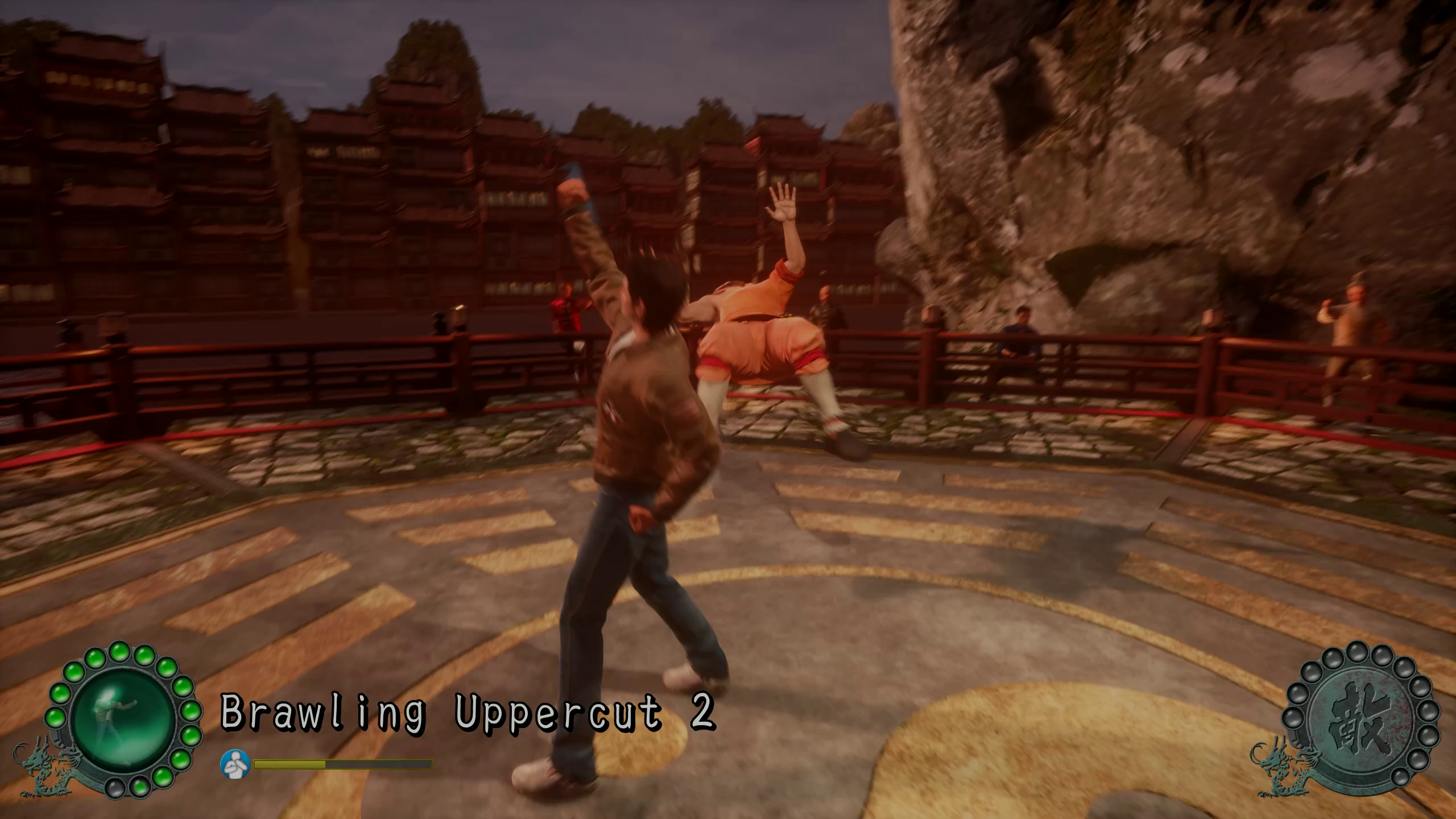
It’s additionally a disgrace {that a} story centred on coaching (by the top, you’ve achieved little else) is lumbered with fairly a crude fight system. Alarm bells sound when the official tutorial tells you to mash the face buttons. There’s extra to it, with strings of advanced combos that may be handily mapped to a button for computerized kung fu wizardry, however technique by no means actually goes past ‘hold block’ and ‘unleash auto-combos after the enemy’s failed assault’. All that coaching manifests as an extended well being bar and better injury, and even that may be circumvented by glugging well being potions mid-fight. There’s no actual sense of mechanical mastery, which is baffling given how a lot of the story is spent extolling the virtues of approach.
The mad factor is, for all its creaky concepts and garlic guzzling, I used to be enraptured for chunks of Shenmue III. Its laid again rhythm lulls you right into a state that few games do, one in all such excessive zen/boredom that even the smallest change in tempo can really feel monumental. Moments like my night chats with Shenhua, the place unstated romance threatened to bubble to the floor solely to be gulped again down with teen embarrassment. Or occurring upon the soulful younger man philosophising concerning the turtles he forces to race in his playing den. Or hen chasing for a drunken grasp. Or the second I found a collection of hidden chook mascots in a store, reworking your complete procuring district into a unusual scavenger hunt.
There’s magic in Shenmue III, then; not as potent as when this oddball journey first burst onto the scene, however stored alive by the sheer lack of the rest prefer it. (Yakuza is usually seen as a non secular successor, nevertheless it’s extra Shenmue meets Streets of Rage – for those who like the concept of digital tourism, however need to crack extra skulls, go for that collection as a substitute. Yakuza Zero is the place to start out.) This is an usually boring and typically good game, the place the brilliance is determined by the boredom. If that’s too dangerous a pitch for a full-priced ticket on Suzuki’s time machine, possibly attempt the originals first (each are on Xbox Game Pass for PC). For higher and for worse, Shenmue III is an ideal continuation.
